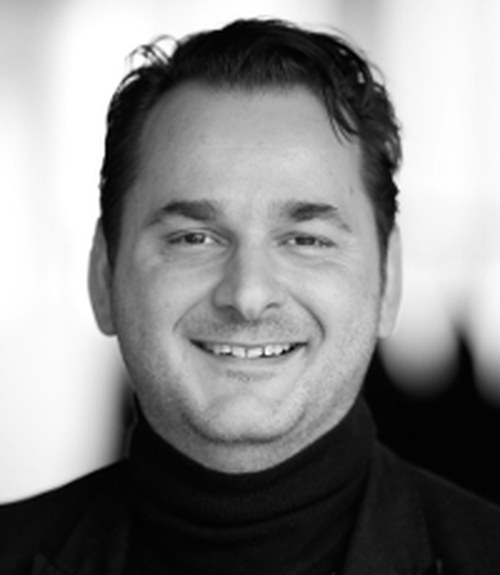Contact Name: Prof. Emanuele D. Giordano
Contact Phone: +39 0547 339243
About the speaker
Paolo Gargiulo is an Associate Professor and works at the Medical Technology Center at RU and the University Hospital Landspitali. He studied at TU Wien and finished his PhD in 2008. He has been active in the field of Clinical Engineering, medical image processing and 3-D modeling and tissue engineering. He developed at Landspitali a rapid prototyping service to support surgical planning with over 200 operations planned. He has published 59 papers in peer reviewed international journals and chapters in academic books.
He is consultant of MedEl for the development of larynx pacemaker, co-operating with Össur on the use of EEG to evaluate cortical reorganization in lower limb amputees, with Hjartavernd and NIH to study muscle atrophy or degeneration in aging associated to life styles and co-morbidities, and with Washington University (US) in Brain Modeling project. Since December 2013 Paolo Gargiulo is the director of the Institute of Biomedical and Neural Engineering and the Icelandic Center of Neurophysiology.
Abstract
The use of rapid prototyping and 3D computational modeling to recapitulate pathological tissues and morphologies has been recently gaining much interest in the fields of biomedical engineering and regenerative medicine. However, despite increasing clinical interest and support, there are still few examples of how these services and methodologies may successfully integrate research institutions with clinical practice. Since 2007, our team at the University Hospital of Iceland, Landspitali, has been developing and enhancing our own 3D modeling and rapid prototyping services for the support of pre-surgical planning.
More than 200 surgeries in different clinical sub-specialties have been planned thus - all with considerable success. For example, in maxilla facial surgery, dramatic reductions in operation time have been documented due to the ability for surgeons to physically emulate the navigation of complex craniofacial morphologies prior to surgery. Additionally, in orthopedic surgery, multiple operations on the same patient have been avoided due the pre-operative planning of combinatory surgical procedures.
The most important notion, however, has been in regards to the overall life-saving utility of our 3D modeling processes - particularly as a key strategic tool in complex neurosurgical and cardiosurgical cases. Our modeling and rapid prototyping work has become fully integrated into the clinical processes at the Icelandic National Hospital: surgeons send a request with a patient's social security number to the engineering team, who may then access the hospital PACS system and retrieve the respective patient's CT or MRI data. From here, and typically within 24 hours, our surgical model is printed and delivered to the surgeons for pre-operative planning.
Recently, we have started to combine multiple complex anatomical features and functions in our 3D printed models, and we are currently working on integrating tractography and using surgical navigation systems to accomplish an even more detailed surgical plan and simulation.
